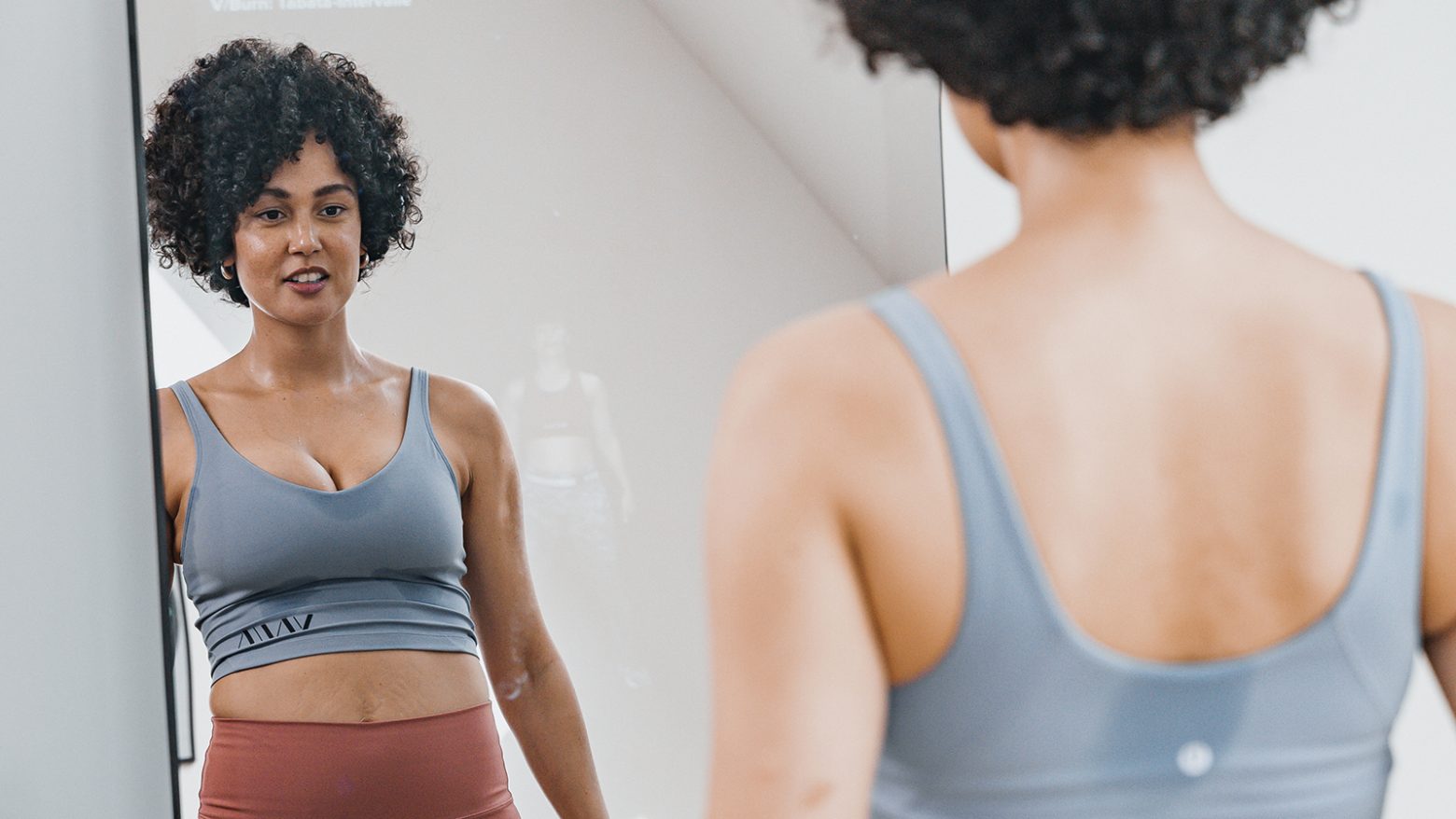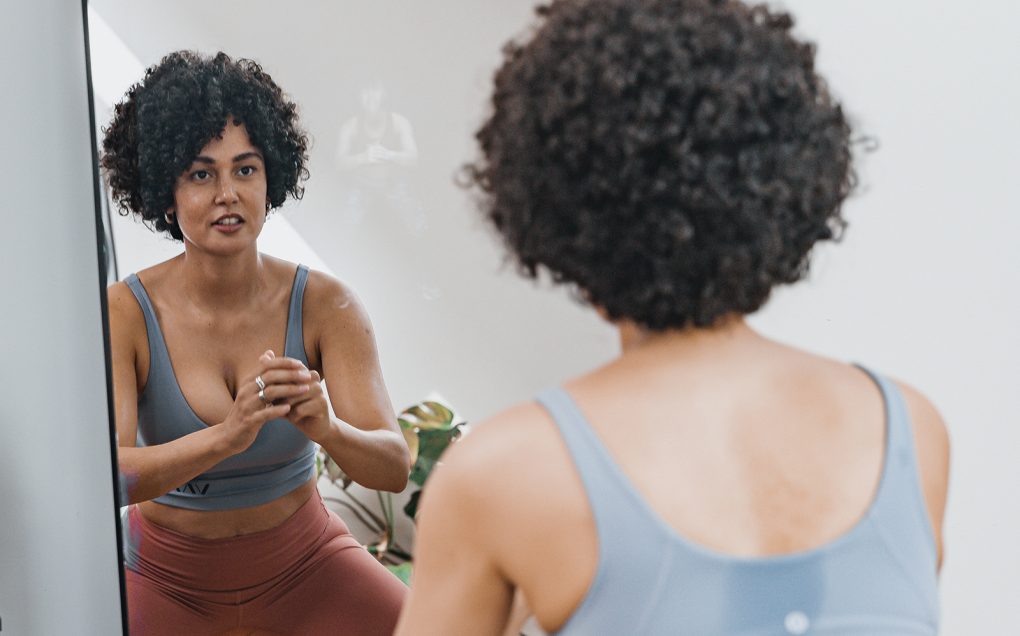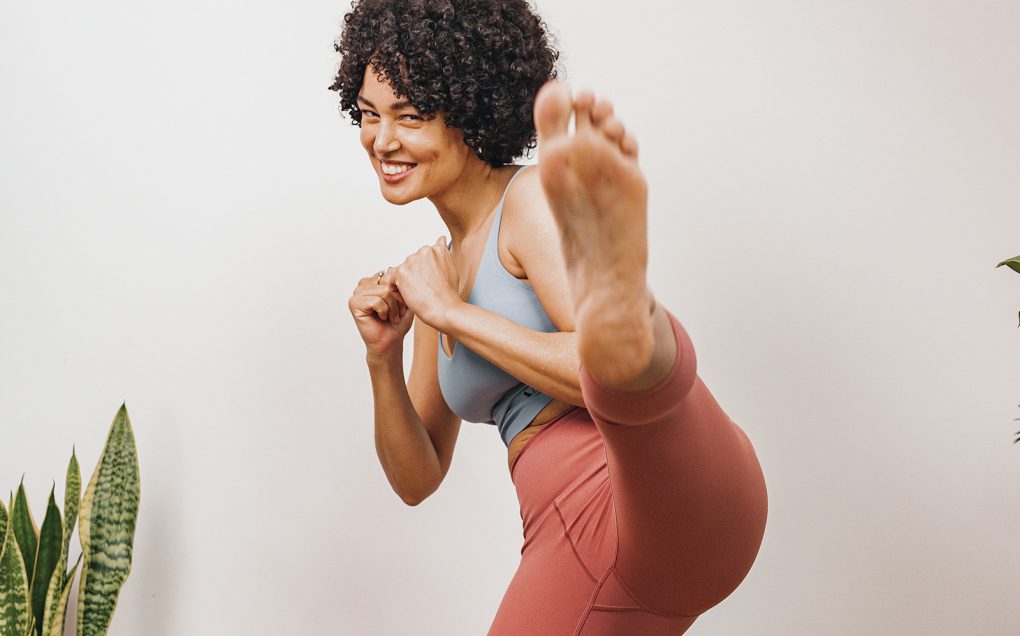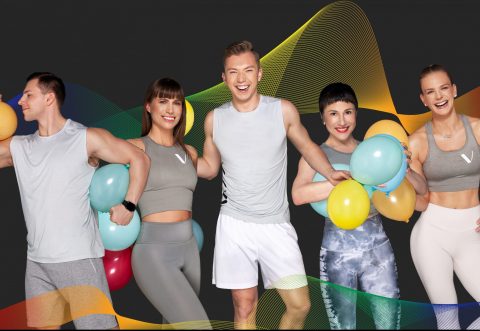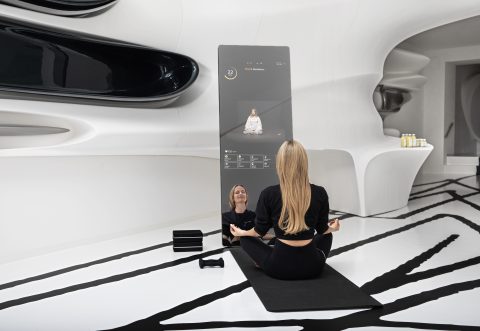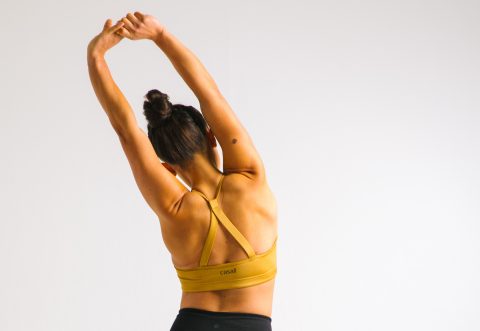How to get into the Flow
Now, let’s take a closer look at the last 4 points on the list of Flow characteristics: Complete focus, balance between challenge and ability, clear goals and Immediate feedback.
According to today’s Flow research, these four are most commonly cited as Flow triggers [3]. Therefore, they are not only part of Flow, but also the prerequisites for reaching this state.
If we want to get into Flow, it is crucial that we concentrate on the task at hand and that our abilities are up to the challenge. The delicate balance of wanting to be challenged as much as possible without feeling overwhelmed must always be met. We need to have a clear goal in mind and feedback on whether we are getting closer to that goal.
If these conditions are met, we can immediately benefit from the innovative properties of Flow and we’re highly motivated to pursue something because it truly fulfills us when we do so. And because we perform optimally in the Flow state, we make rapid progress and thus achieve our goals with ease and joy.
Vahā’a – Flowing with ease as we achieve our goals
If we haven’t made it clear by now, Flow is an incredibly precious state. That is why VAHA wants to help you achieve it more often in your everyday life.
The name Vahā’a comes from Punjabi – one of 179 languages in India and Pakistan – and translates as Flow. And in order to make Flow accessible to everyone, we’ve integrated the 4 Flow triggers into your VAHA Journey. This is so that you can realise your full potential when exercising and progress easily and effortlessly.
Although regular exercise is a cornerstone of wellbeing, many of us find it difficult to motivate ourselves on a daily basis to make exercise a regular habit. In Flow, however, your workout becomes something you enjoy and pursue on your own. That’s simply because the framework for immersing yourself in Flow is built into your VAHA Journey.
